A new type of ultrafast memory uses optical signals and magnets to efficiently process and store data.
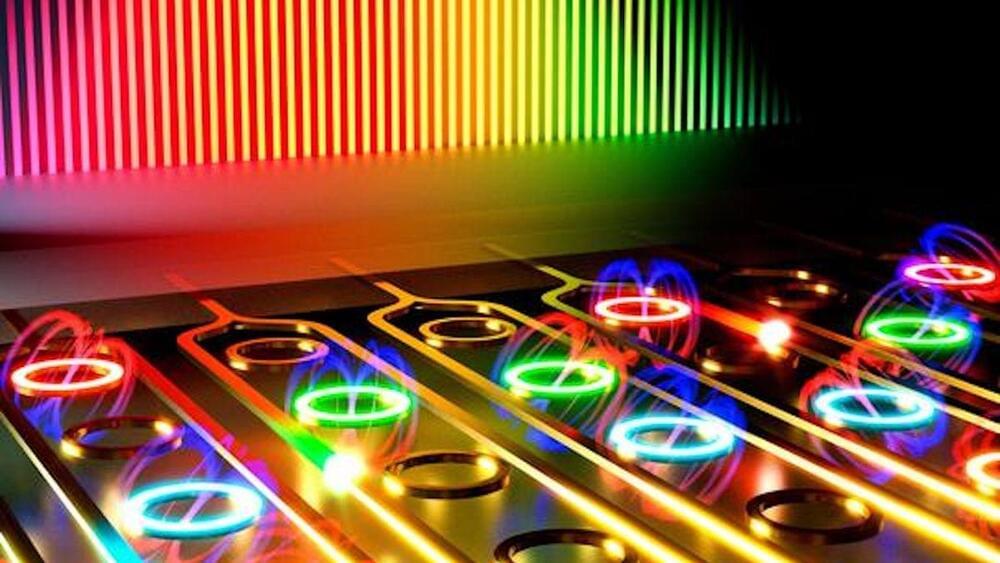

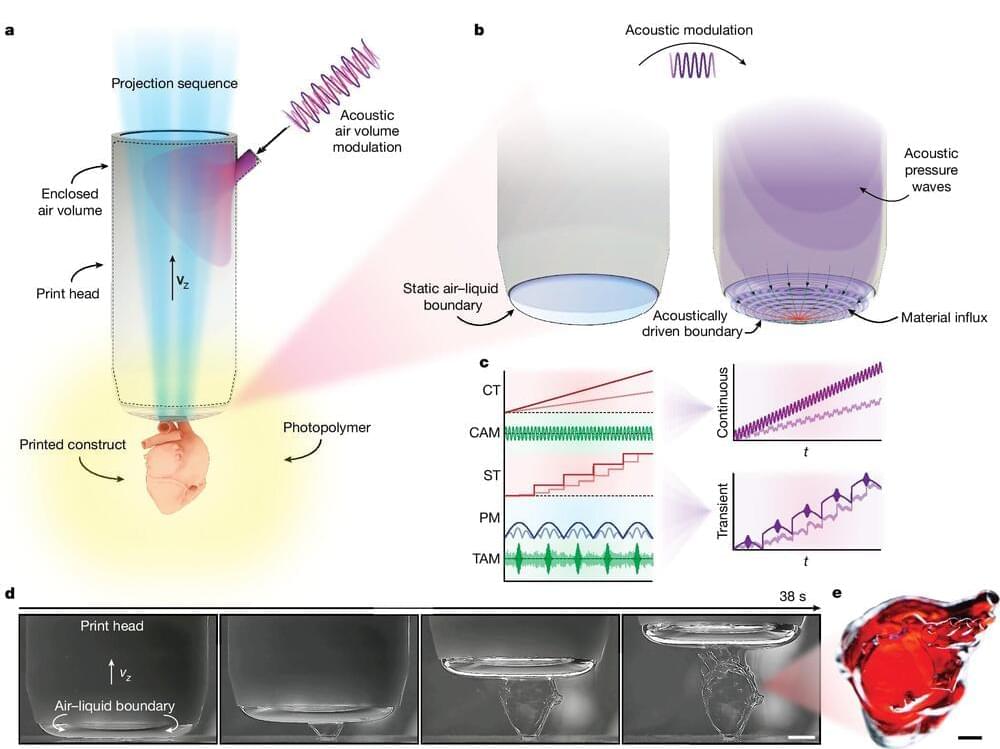
A team of materials scientists, medical researchers and engineers affiliated with a large number of institutions across Australia has developed a new way to conduct digital light manufacturing that overcomes problems with current methods. In their paper published in the journal Nature, the group describes their new technique, how it works and ways it might be used.

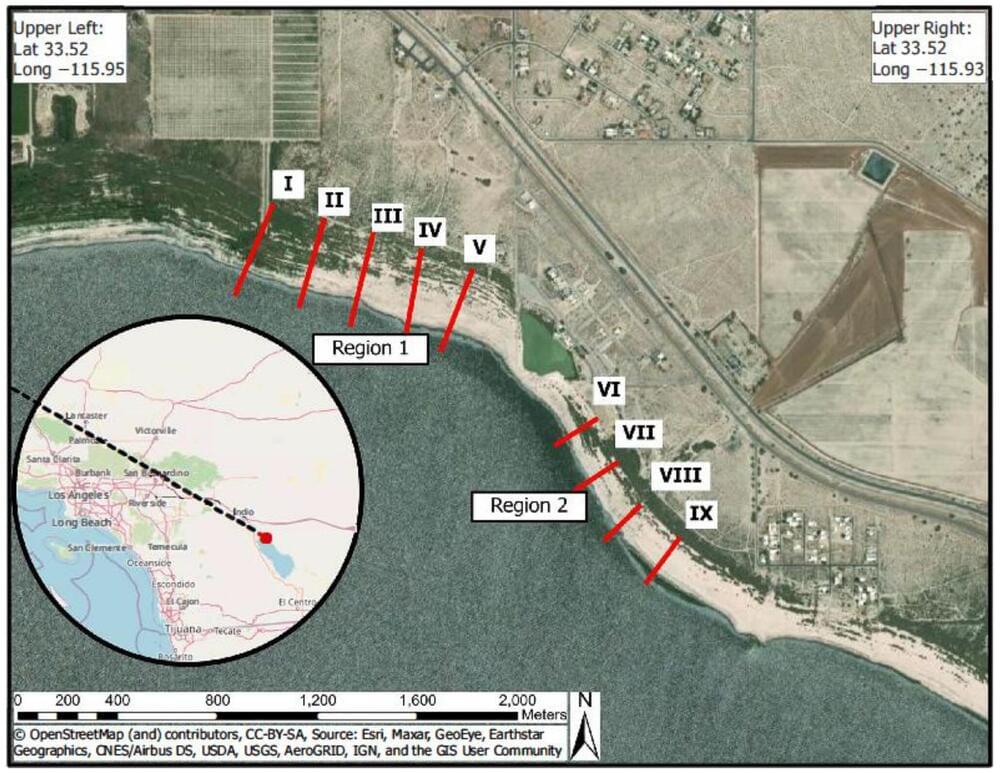
The Salton Sea, California’s largest lake by surface area, is experiencing an increasing rate of shoreline retreat following a policy change that shifted more water from the Colorado River to San Diego, according to a newly published study. The resulting dried lakebed is creating more polluted dust from dried agricultural runoff that affects nearby communities, researchers said.
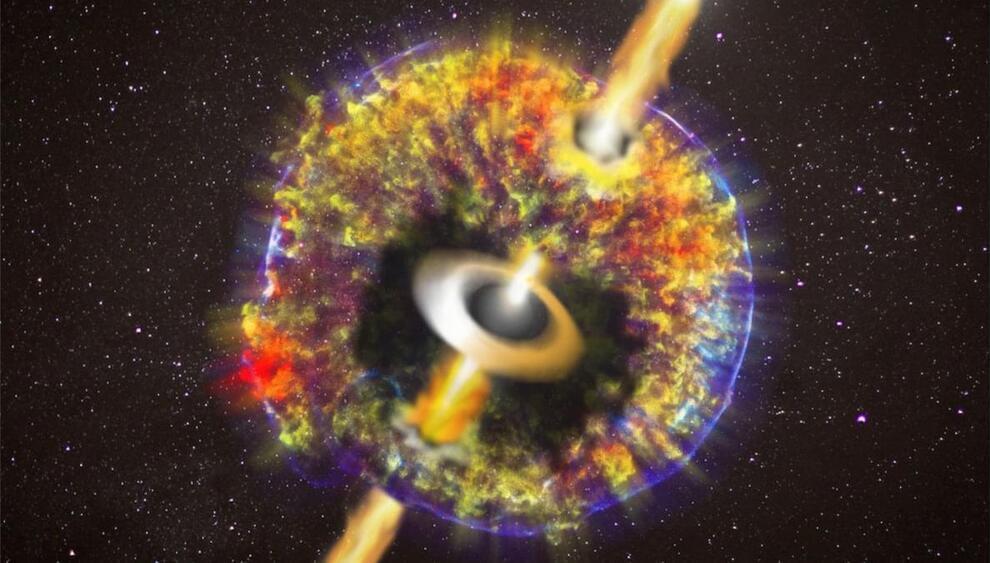
“We can now see the moment where atomic nuclei and electrons are uniting in the afterglow,” team member Rasmus Damgaard, a researcher at the Cosmic DAWN Center, said in a statement. For the first time, we see the creation of atoms, we can measure the temperature of the matter, and we can see the microphysics in this remote explosion.”
“It is like admiring three cosmic background radiation surrounding us from all sides, but here, we get to see everything from the outside. We see before, during, and after the moment of birth of the atoms.”
Neutron stars are born when stars at least 8 times as massive as the sun exhaust their fuel for nuclear fusion and can no longer support themselves against their own gravity.
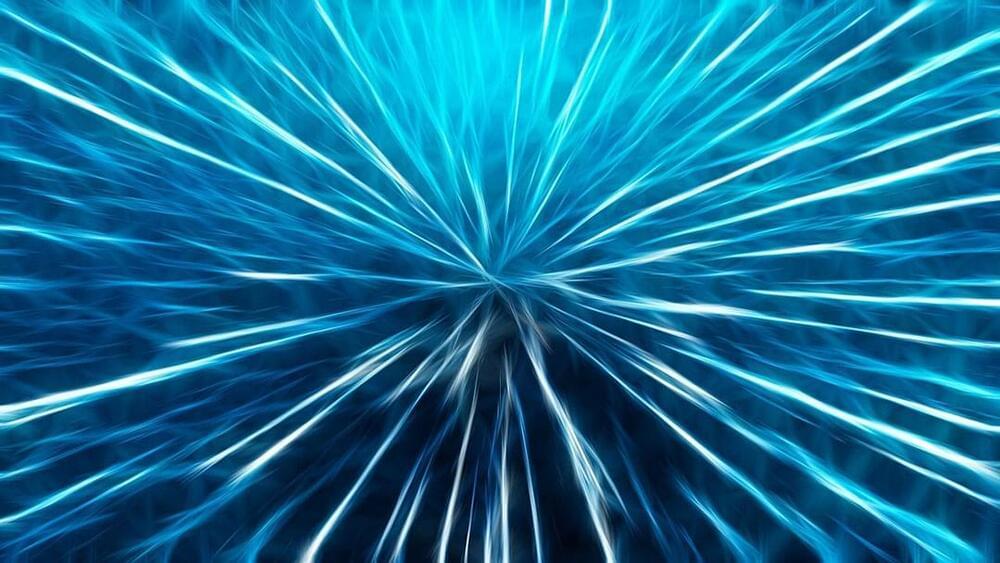
Once relegated to theory, a newly discovered quantum object could be used to create new devices that will outpace modern electronics.
A new kind of quantum object called orbital angular momentum monopole has been identified that could revolutionize the emerging field of orbitronics, which leverages the rotational quantum states of electrons for next-generation computing devices that are faster, more efficient, and with dramatically lower power consumption.
As a result, orbitronics is seen as a potential successor to traditional electronics, where data is stored, transferred, and manipulated by controlling electric currents within transistors. As transistor sizes approach the atomic scale in order to fit more components onto a single computer ship, there will eventually be a limit where a transistor cannot become any smaller.

In 2014, the British philosopher Nick Bostrom published a book about the future of artificial intelligence with the ominous title Superintelligence: Paths, Dangers, Strategies. It proved highly influential in promoting the idea that advanced AI systems—“superintelligences” more capable than humans—might one day take over the world and destroy humanity.
A decade later, OpenAI boss Sam Altman says superintelligence may only be “a few thousand days” away. A year ago, Altman’s OpenAI cofounder Ilya Sutskever set up a team within the company to focus on “safe superintelligence,” but he and his team have now raised a billion dollars to create a startup of their own to pursue this goal.
What exactly are they talking about? Broadly speaking, superintelligence is anything more intelligent than humans. But unpacking what that might mean in practice can get a bit tricky.
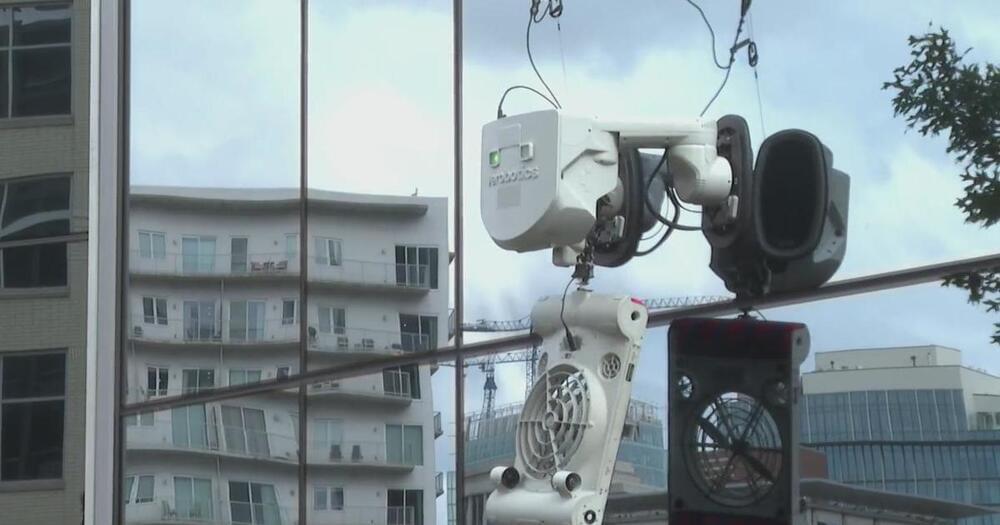
The question of the conditions under which Artificial Intelligence (AI) can transcend the threshold of consciousness can only be answered with certainty if we manage to unravel the mechanism underlying conscious systems. The most promising strategy to approach this goal is to unveil the brain’s functional principle involved in the formation of conscious states and to transfer the findings to other physical systems. Empirical evidence suggests that the dynamical features of conscious brain processes can be ascribed to self-organized criticality and phase transitions, the deeper understanding of which requires methods of quantum electrodynamics (QED). QED-based model calculations reveal that both the architectural structure and the chemical composition of the brain are specifically designed to establish resonant coupling to the ubiquitous electromagnetic vacuum fluctuations, known as zero-point field (ZPF). A direct consequence of resonant brain-ZPF coupling is the selective amplification of field modes, which leads us to conclude that the distinctive feature of conscious processes consists in modulating the ZPF. These insights support the hypothesis that the ZPF is a foundational field with inherent phenomenal qualities, implying that the crucial condition for AI consciousness lies in a robot’s capacity to tap into the phenomenal spectrum immanent in the ZPF.
Full Title: The Path to Sentient Robots: AI Consciousness in the Light of New Insights into the Functioning of the Brain.
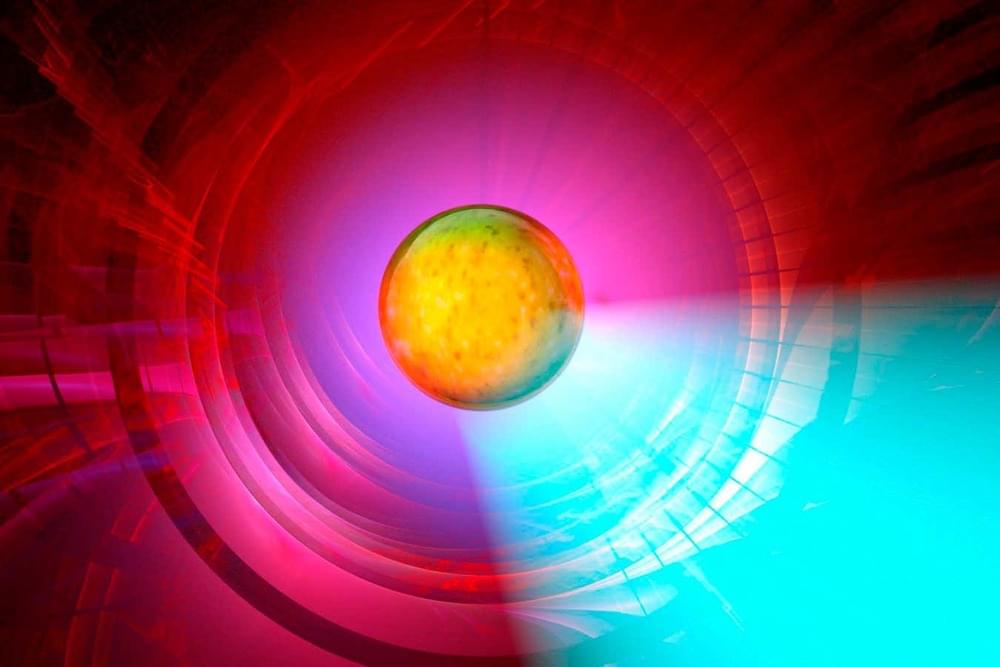
Inside a hunk of a material called a semimetal, scientists have uncovered signatures of bizarre particles that sometimes move like they have no mass, but at other times move just like a very massive particle.